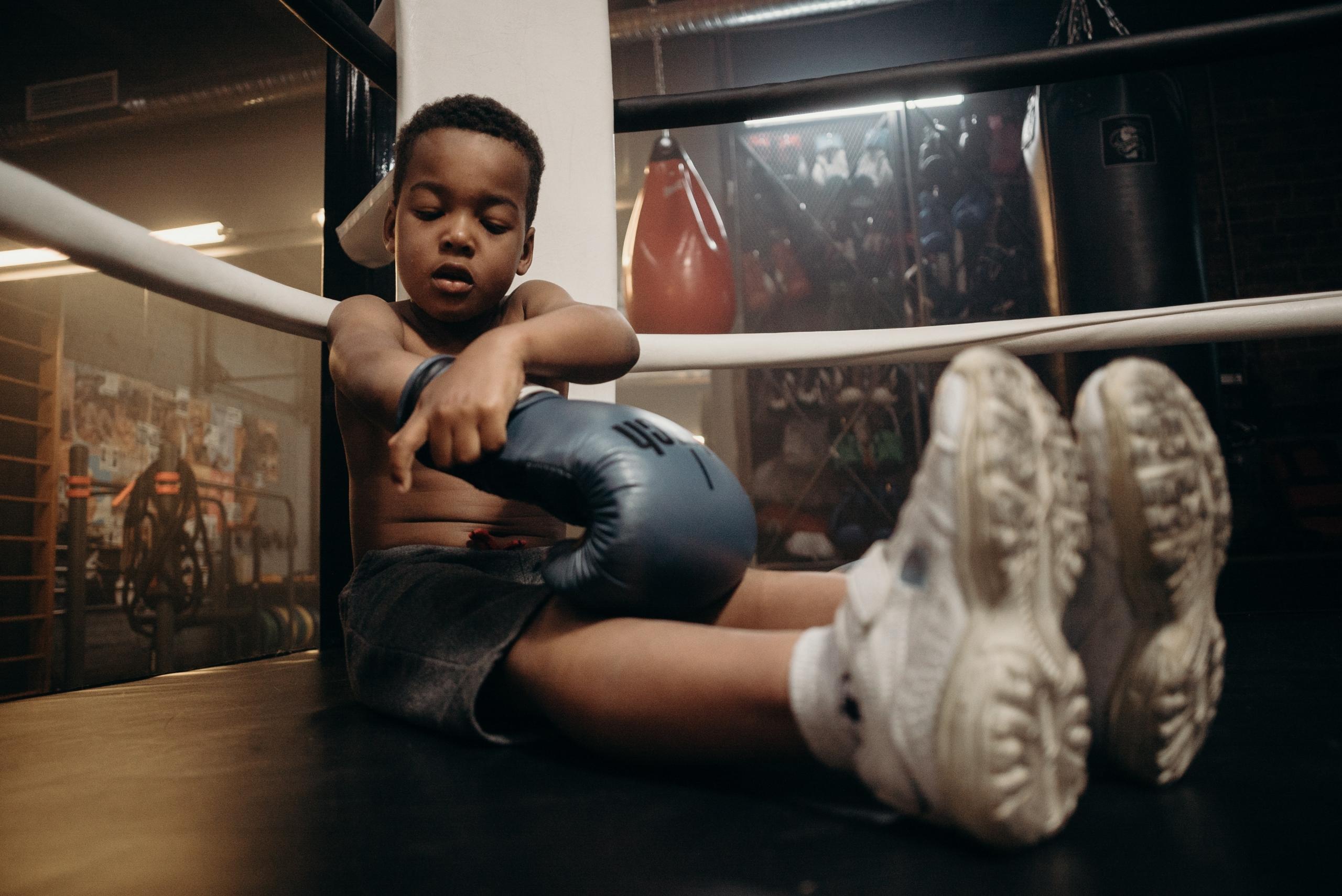Many people think that boxing is a waist-up kind of sport, but they could not be more wrong.
The art of stepping, lunging, prancing and other boxing footwork is critical to a winning strategy.
While boxing is about delivering punches, don’t forget that the ring is big and requires that boxers know how to move around to be both offensive and defensive. Not only that, but when delivering a punch, you need to know how to position your feet in boxing.
Apart from solid box stances, the boxing footwork required to get from one side of the ring to the other is vital. In fact, each footstep is calculated to provide maximum advantage to the fighter executing it.
Before delving into what makes footwork for boxing so important, let’s take a look at some boxing footwork masters and why their style is worth imitating.
Want to give private lessons?
Join the Superprof community and share your knowledge with inquiring and motivated students.
Boxing Footwork Worth Studying
Thanks to the influence of popular culture many women boxers took up the sport after the 2004 film called Million Dollar Baby starring Hilary Swank. In a pivotal scene, Clint Eastwood starring as boxing trainer Frankie Dunn, teaches Maggie how to work with a speed bag. He shows her how to place her weight on her front foot when hitting it, then to shift her weight to her back foot to hit the bag again.
Once Maggie understands that rhythm is key to using the speed bag, she becomes a whizz.
Trying thinking about footwork for boxing like drums in a band. Boxing footwork maintains rhythm. Comparing the style of a boxer like Muhammed Ali to a piece of music is easy. In fact, his moves were so impressive and impactful that musician Derrick Morgan wrote a song with the lyrics “he floats like a butterfly and stings like a bee” – to emphasise his point he wrote “I’m Ali, catch me if you can,” into the chorus.
These lines are indicative of the legendary fighter’s impressive boxing footwork. It was said to be so energetic and so light that it seemed as though he was in many places at once. Ali knew the importance of boxing footwork drills.
Vasiliy Lomachenko, Olympian gold medallist and Ukrainian fighter also provide an excellent example of how boxing footwork drills can pay off. Nicknamed the Matrix, his lightening quick and disorientating boxing footwork makes him look like he is dancing around his bewildered opponents. Sports commentators often remark on his ability, like Neo the film’s main character, to seem to be in several places at once. Of course boxing footwork like this is bound to confound an opponent.

Another boxer who displays hypnotic footwork is Floyd Mayweather. Next time you watch him, take note of his feet, more than his arms and you will be surprised at the simple, yet powerful logic to his strategy. In his 2015 fight against southpaw Manny Pacquiao, Mayweather constantly removed his opponent’s advantage through a pivot to the left. This shows that knowing how to position your feet in boxing can reduce an opponent’s advantage.
In fact, for many, the hyped-up event was a let-down when Pacquiao struggled to land his punches. The spectators reserved their disappointment because Mayweather’s defensive strategy was so impressive.
Manny Pacquiao earned himself a great reputation in boxing; he should be forgiven for not placing as much emphasis on footwork as on his upper body. But don’t make the same mistake.
Whether you are learning boxing at home, or have a private coach, your boxing footwork drills will be key to progress and results in the ring.
How Your Footwork and Box Stances Can Earn You Wins
In a nutshell, if your opponent cannot predict where you will be in the ring, they will have difficulty aiming any punches at you. Moving around requires you to work on your box stances.
Looking at the boxing footwork of Lomachenko, who has turned his footwork for boxing into an art form, is made even more interesting when you consider his use of a technique that involves boxing stances that block his opponent's field of vision every time he changes position and then lands a blow.
His fighting techniques could be the most explicit demonstration of if you can’t see it, you can’t hit it.
In short, he provokes a defensive posture in an opponent, with gloves up and a narrower field of vision, he then takes it further by holding his glove or arm in front of their face while he slides to their other side.
Not only is it a brilliant strategy to earn wins, but practising your boxing footwork drills and knowing how to position your feet in boxing can also help to:
- Improve your balance
- Create even weight distribution
- Give you extra momentum
- Add force to your blows
- Provide opportunities for more frequent openings when opponents drop their guard to try and orient themselves.
For many avid boxing fans, the attention that is given to blows in boxing is deplorable when the real feat is in engineering the positions that are needed to make the quality of the strikes powerful.
When considered in this way, it is understandable that practising your footwork drills will ultimately drive wins.
Types of Boxing Footwork
So whether you are fascinated by Muhammed Ali’s classic footwork moves or find yourself slowing down video to check out the artistry of Floyd Mayweather, there is no way around it, knowing how to position your feet in boxing will give you the edge.
As you study these greats you will notice that they all have something in common: their winning combinations of pivots, slides and shuffling. You could say that Muhammed Ali’s signature footwork move was his shuffling. He was so adept at it that he could move from one side of an opponent to the other at lightning speed. Once in position, he could land his jab by stepping back and shuffling to the side.

Not only that, Ali’s boxing hand speed was also remarkable and did much to contribute to how he overcame his opponents. His famous step-in, step-out move-to-land jabs is better known as a slide.
To practice this in your boxing footwork drills, take a quick forward step with your front foot and allow your back foot to follow forward in a slide. The name ‘slide’ may seem misleading, it’s not like the dance move called the Electric Slide where the lagging foot actually lags behind. In boxing, you want to avoid that drag as it could slow you down.
When it comes to the pivots, a move that is common amongst multiple sports from dancing to basketball, your one foot is planted while the rest of your body moves. In boxing, you could pivot so that your striking arm is facing your opponent when it lands a blow and then pivots quickly again to make sure that you are out of their reach.
Not to be confused with other pivoting, pivoting in boxing means keeping one foot on the ground while your body rotates up to 180 degrees.
A good way to practise this kind of footwork for boxing is at the same time you do your shadow boxing drills.
Work on How to Position Your Feet in Boxing
Admittedly, footwork is not for beginners, however, as you progress, your boxing coach will move you on from the basics to make sure that boxing footwork drills are included in your routines.
So during your first phase of boxing, what can you expect to learn?
Firstly, various box stances will be taught. In the basic position, your lead foot should be about 8 inches in front of you. Your back foot should be turned slightly outward. Knees should always be slightly bent with your upper body squarely balanced on your hips. Always maintain loose shoulders while you tilt your chin towards your chest. Next, you will need to shift your weight from your front to your back boot.
Once you have mastered this you will learn how to practise the following:
- Developing your posture and keeping your spine as straight as you can.
- How to balance and move from the balls of your feet.
- Launching yourself from your back foot instead of using your front foot to step forward.
- How to keep your feet on the mat or as close as you can to it
- How to avoid cross-stepping so that you do not cross your feet.
One of the most essential takeaways from footwork drills or lessons is that the upper part of your body must remain relaxed. Tensing your upper body will make for more difficult pivots and add stress to the work that your feet will have to do. Rather, let your feet guide your movements.
If that sounds like a recipe for disaster just consider how a hefty blow to the upper body will feel.
Bear in mind that most of the conditioning of a boxer has to do with learning how to lean into punches and not flinch away from them. A skill like this, as well as others that will help to instil important skills into your repertoire, is something you could learn in private boxing lessons.
Want to give private lessons?
Join the Superprof community and share your knowledge with inquiring and motivated students.





